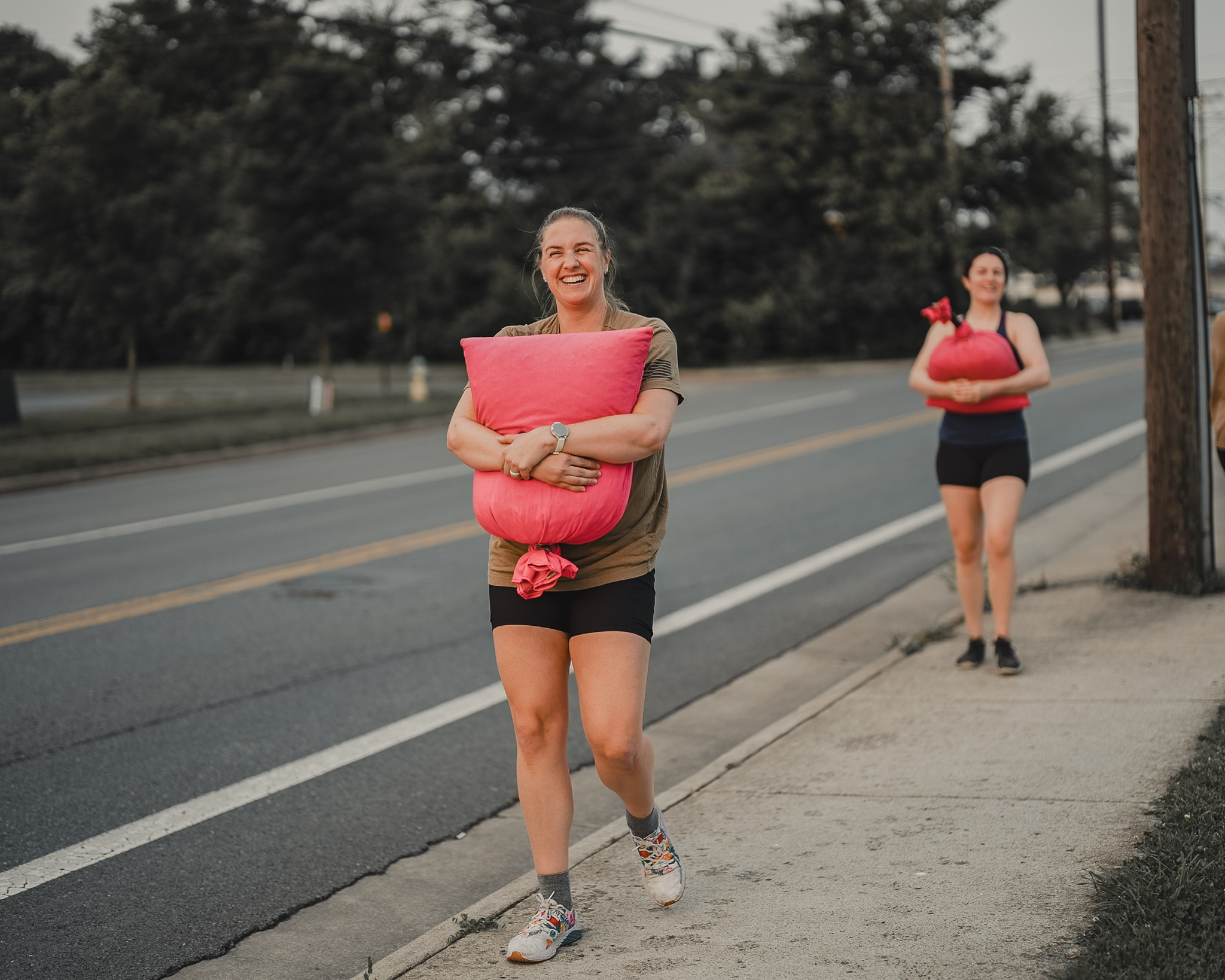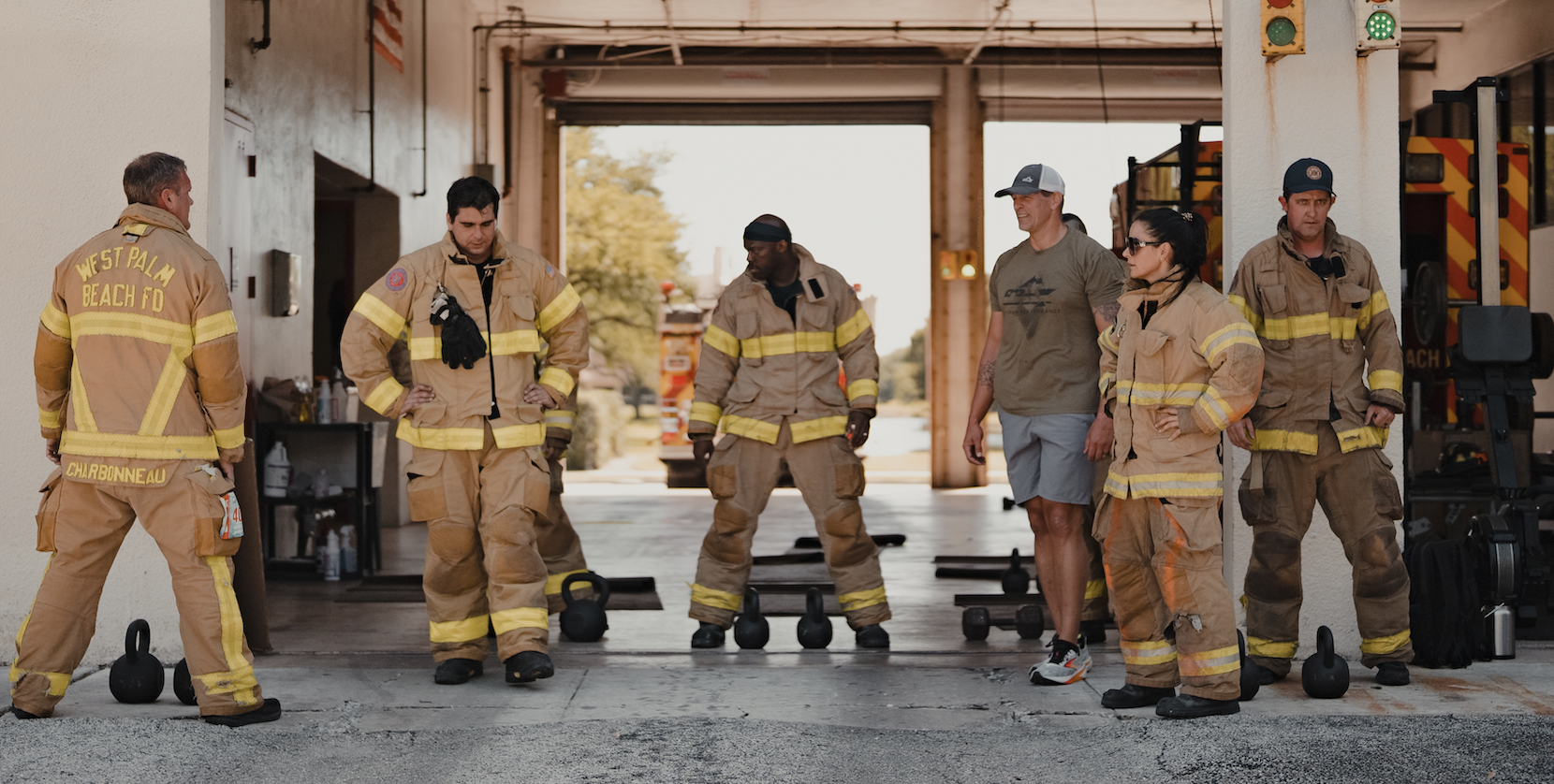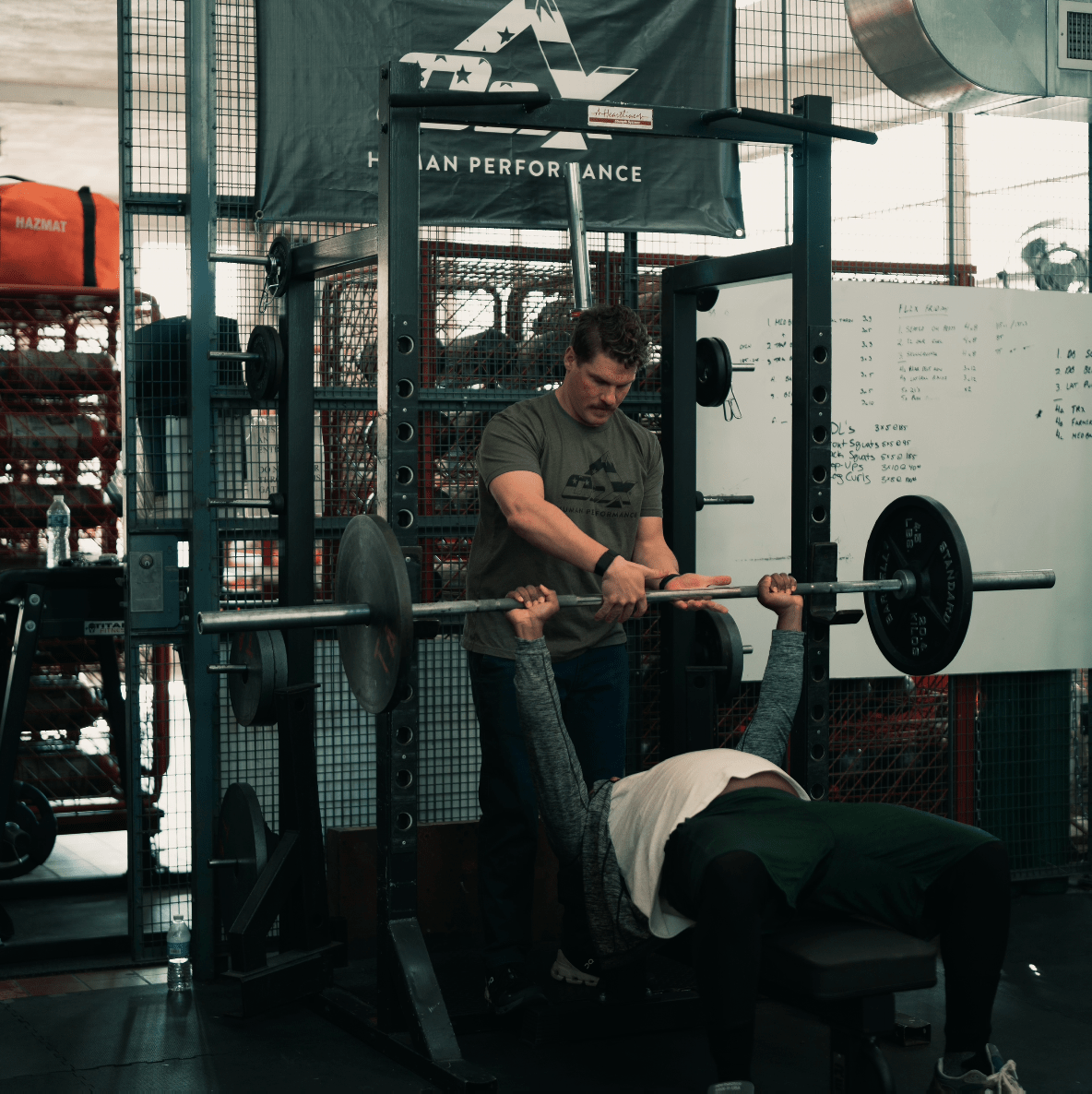
Staying Calm Under Pressure: Science-Backed Strategies for Athletes and Performers
High performers know that skill alone isn’t enough if you can’t access it in high-stakes moments. The training is there. The preparation is done, however, in critical moments or under pressure, the body doesn’t always respond the way you practiced.

The Power of General Training (Part 3): When General Training May Not Be Enough
Hopefully, it has been demonstrated so far that general training has many benefits; the ability to deconflict schedules to allow more technical and tactical training, highlighting some of the specific physiological responses that are underpinned by general training and physical activity, and the body’s ability to benefit from non-specific, low hanging fruit training to increase efficiency.

Eating to Extinguish Risk: How Firefighters Can Lower Cancer Rates with Nutrition
According to the National Institute of Occupational Safety and Health (NIOSH) U.S. fire fighters have a 9% higher chance of a cancer diagnosis and a 14% higher chance of a cancer related death, when compared to the general population.

The Power of Breath: Exploring Breathwork and Its Connection to the Central Nervous System
According to the Stress in America 2023: A Nation Recovering from Collective Trauma report from the American Psychological Association more than one-third (37%) of American adults said they have a diagnosed mental health condition with most cited anxiety disorder (24%).

O2X’s Program Manager, Jonathan Bachant (United States Marshals Service) receives the USMS ‘Exemplary Contractor Support Award’
O2X’s Program Manager Jonathan Bachant, serving the United States Marshals Service, has received the ‘Exemplary Contractor Support Award’. The Exemplary Contractor Support Award is
Explore more
Our EAT SWEAT THRIVE® methodology comes to life through a powerful digital platform that connects your team with elite coaches and proven training methods:























.webp)


















































































